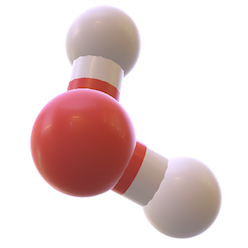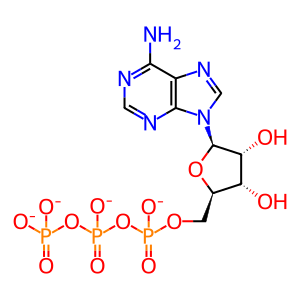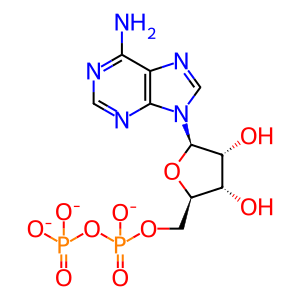Reaction: CSNK1E,CSNK1D phosphorylate CRY and PER proteins
- in pathway: Circadian Clock
In the cytosol the kinases CSNK1D (casein kinase I delta) and CSNK1E (casein kinase I epsilon) phosphorylate PER1, PER2, CRY1, and CRY2 at multiple sites. Evidence indicates that PER:CRY complexes form a stable ternary complex with either CSNK1E or CSNK1D. Both kinases are able to bind and phosphorylate PER proteins. CSNK1E has been shown to phosphorylate CRY proteins only when they are complexed with PER proteins.
PER proteins contain a nuclear localization sequence and a nuclear export sequence allowing their movement into and out of the nucleus. Phosphorylation is required for transit of PER:CRY:kinase complexes into the nucleus and for interaction of PER proteins with the ubiquitin-mediated degradation process in the cytoplasm.
A mutation at Serine662 of PER2 is responsible for familial advanced phase sleep syndrome, however the particular kinase responsible for phosphorylating Serine662 is unknown.
PER proteins contain a nuclear localization sequence and a nuclear export sequence allowing their movement into and out of the nucleus. Phosphorylation is required for transit of PER:CRY:kinase complexes into the nucleus and for interaction of PER proteins with the ubiquitin-mediated degradation process in the cytoplasm.
A mutation at Serine662 of PER2 is responsible for familial advanced phase sleep syndrome, however the particular kinase responsible for phosphorylating Serine662 is unknown.
Reaction - small molecule participants:
ADP [cytosol]
ATP [cytosol]
Reactome.org reaction link: R-HSA-400382
======
Reaction input - small molecules:
ATP(4-)
Reaction output - small molecules:
ADP(3-)
Reactome.org link: R-HSA-400382


